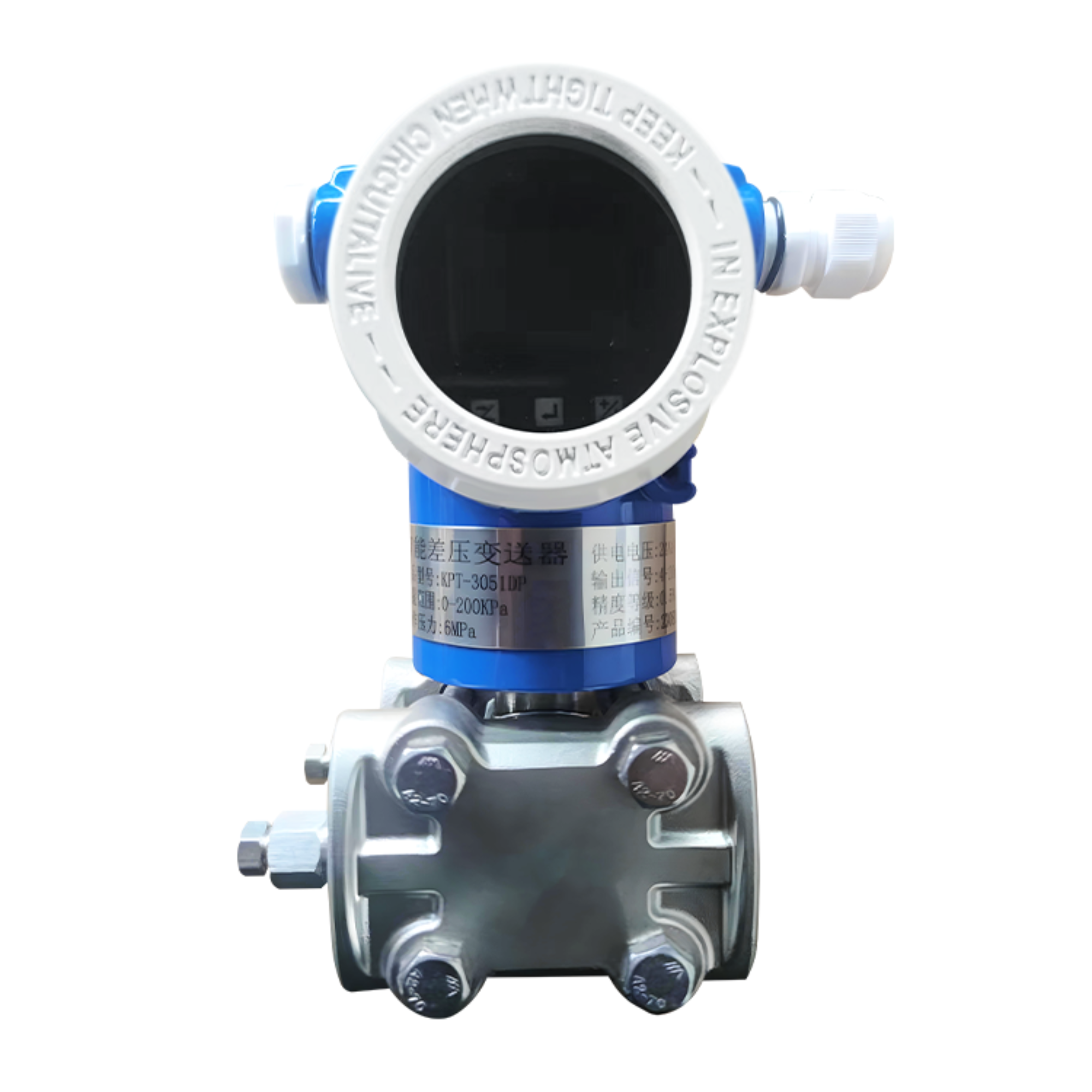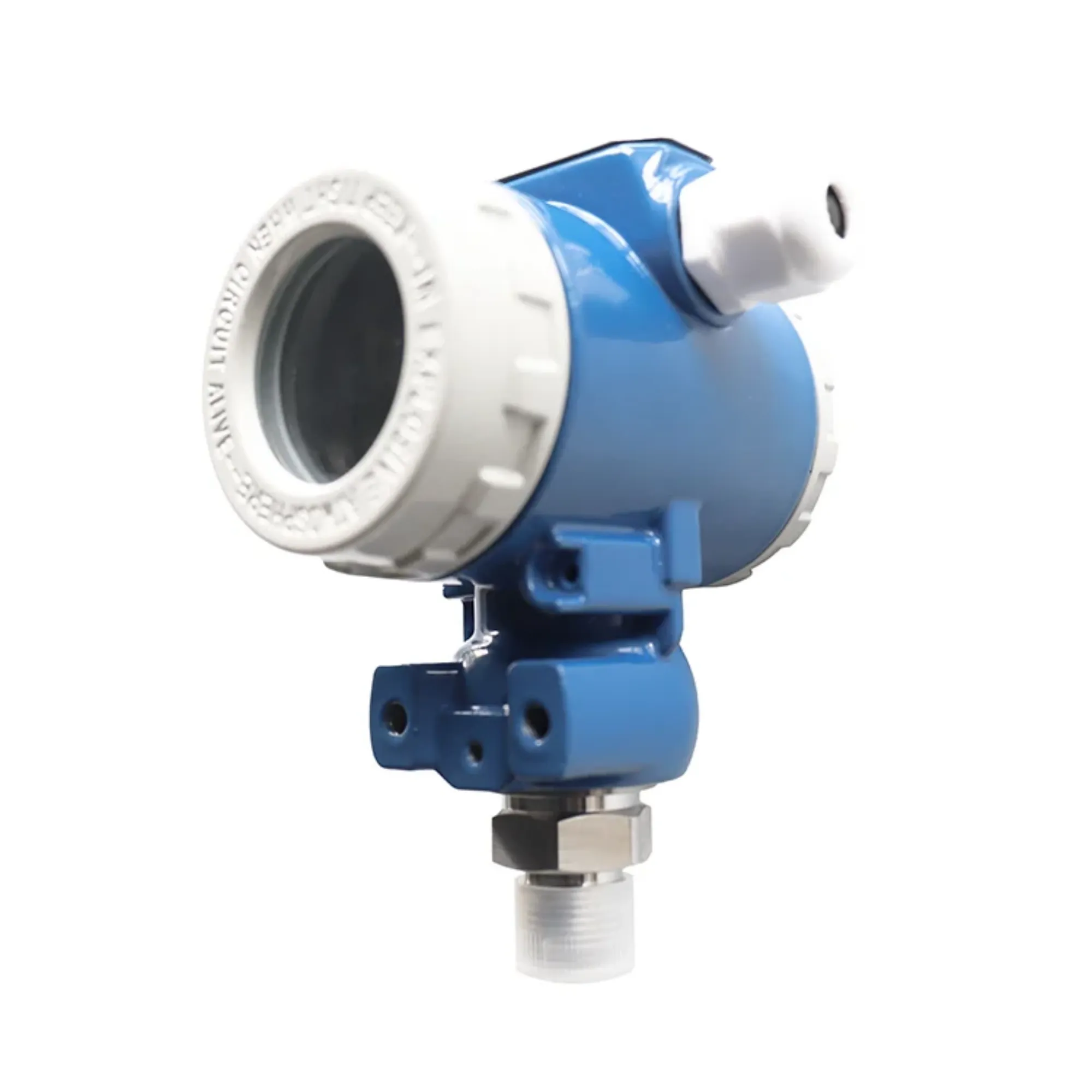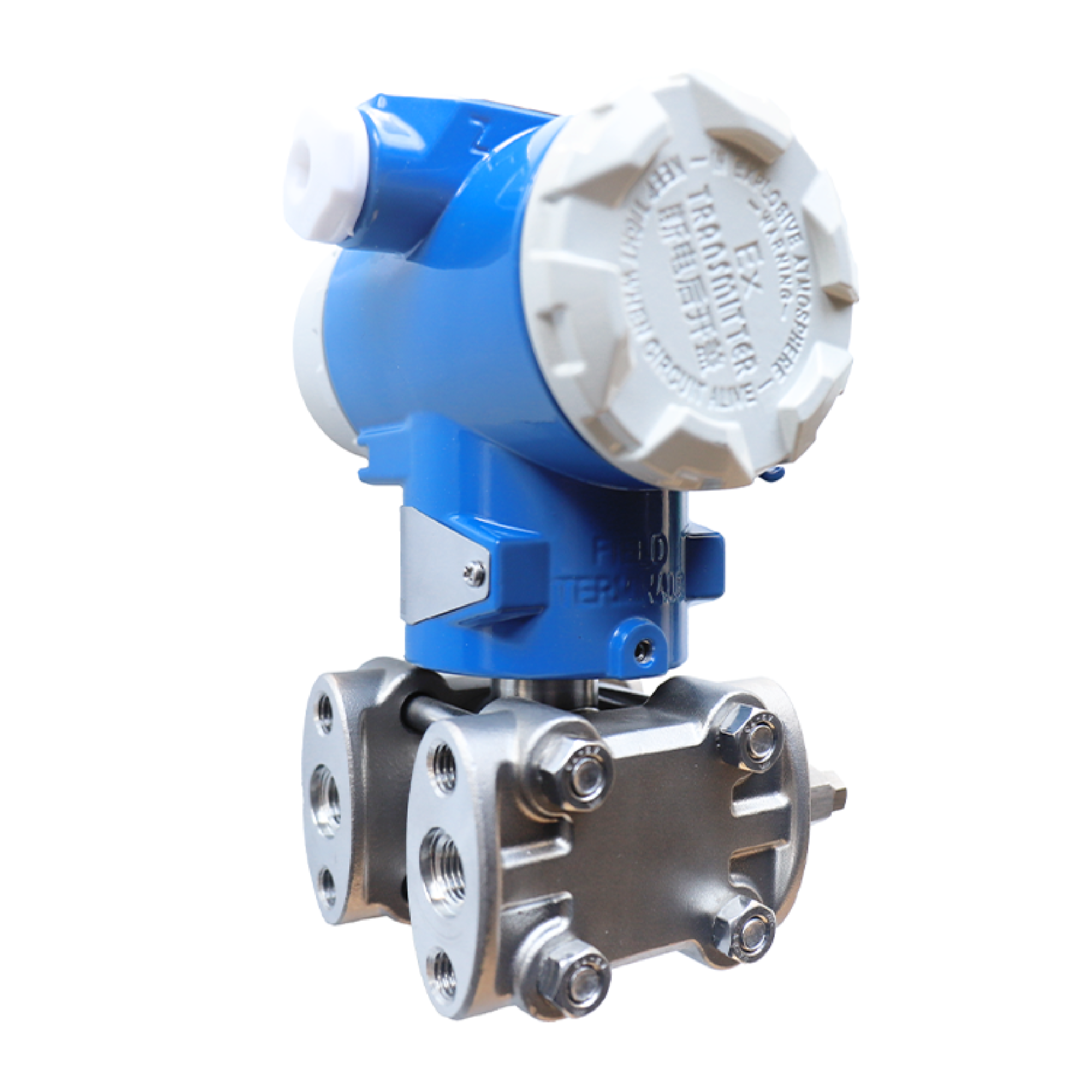The performance of such barometric pressure transmitters ensures the data will be correct as related to weather for certain industries it is needed in. Weather forecasting, aviation and many other industrial processes are dependent on accurate pressure readings measured by these electrical instruments.
If we are going to authorize the best barometric pressure sensor transmitters for industrial application, then several aspects need very careful attention. The first principle is that of the reliability and accuracy of the transmitter itself. You should also consider the choice of a device that is able to measure pressure accurately over long durations without constant error. The ruggedness of the transmitter is also obviously important - it needs to be able to hold up in an industrial environment and function properly in extreme temperatures. Lastly the reputation of the brand, and their level of customer support.
The top-rated barometric pressure transmitters for industrial applications are from WIKA, Endress+Hauser, Honeywell and Yokogawa. WIKA is an industrial process instrumentation manufacturer with a global reach that produces many transmitters tailored to satisfy the multiple applications found within industry. Endress+Hauser, a Swiss industrial measuring and automation instruments provider who has been in business worldwide for over 60 years. Honeywell and Yokogawa are two such multinationals parts offering a range of industrial machinery that includes barometric pressure transmitters.

It could be a difficult decision in picking the correct barometric pressure transmitter for your application, especially since there are so numerous of them on the market. The first thing to do is find out what the application requirements are for your project and benchmark prospective specifications that you need in order to measure an accurate pressure.
Range: This is self-explanatory but it worth keeping in mind when selecting a sensor so you know the pressure range your device can handle. In that case, a digital transmitter with a broader measurement range could be more suitable (analog would just have to go in on its own). The conditions in which the device will be exposed are also very important for environmental purposes. For example, the transmitter will need an IP rating or protection from corrosive environments if it is going to run in a humid and/or corroded environment. You can also check what type of connection the transmitter offers (i.e., USB, Ethernet or wireless).

These wireless barometric pressure transmitters pose several benefits over the traditional wired ones. First, you can say good-bye to cables and wiring, cleaning the clutter in your workspace while preventing tripping hazards. In addition to being more efficient, less labor is required when installing wireless transmitters rather than wired options. In addition, wireless data transmission is more stable because the risk of interference or signal attenuation during wired transmisson will be mitigated. Wireless transmitters have significantly improved security courtesy of superior encryption and authentication, which makes it hard to obtain illegal access.

Correct setup and calibration is fundamental for accurate reliable pressure readings from barometric pressure transmitters. It is important that the device be mounted at right angles to atmospheric pressure and in the position intended during installation. Do not expose the transmitter to sources of heat as this may affect how well the sensor works.
Calibration tasks require measuring the pressure output of a transmitter to determine how accurate it is, compared to some reference pressure. The manufacturer suggests that calibration be done at regular intervals. You should also recalibrate the device after having transported it, or if great mechanical shock has hit your gear.
What Makes Current Gen Barometric Pressure Transmitters Different
Barometric Pressure Transmitters of the Newest Model Incorporate Latest Features for Improved Precision & Efficiency One particular speciality is the auto-calibration feature, which allows the transmitter to sense any variations in pressure points set and automatically fix them. Additionally, these products boast the dual-mode LCD or OLED screen for on-the-fly readings, device status notifications and battery life updates.
In some models, there might be also an internal data logging feature which gives users the ability to monitor pressure trends for a specific amount of time. Some transmitters even have Bluetooth capabilities, for remote management and monitoring of the equipment.
To sum up, barometric pressure transmitters are essential when it comes to measuring atmospheric pressure variations in numerous industrial applications. In making you decision when purchasing and Baromic Pressure Transmitter, selecting an appropriate transmitter for your application type and what benefits it brings with wireless technology along whis proper installation + calibration practice as well the new age features of most models provided in this guide will help to.Making a decisive measures.
company certifications such barometric pressure transmitter, CE SGS. Furthermore, owns multiple patents, such magnetic suction sensors flow meters orifices, well as high-temperature equipment analyzing water quality are protected exclusive intellectual property rights.
Universities,research institutesCompanies basedtechnology mainsclientsourbarometric pressure transmitter.Theyprovides services 20,000 customers acrosses world export more 60countries
have 3000 barometric pressure transmitter manufacturing facility six product series, 40 types products more a hundred models, which applied areas semiconductors water, environmental protection well as petroleum, metallurgy natural gas, medicine food.
principal products company includes pressure transmitters liquid level transmitters. barometric pressure transmitter, thermocouples waterquality analysts available.
Copyright © Weibao Information Technology (Shanghai) Co,Ltd. All Rights Reserved